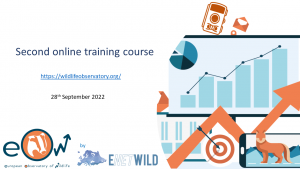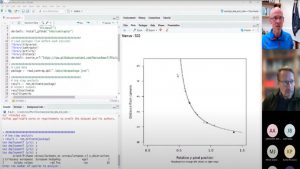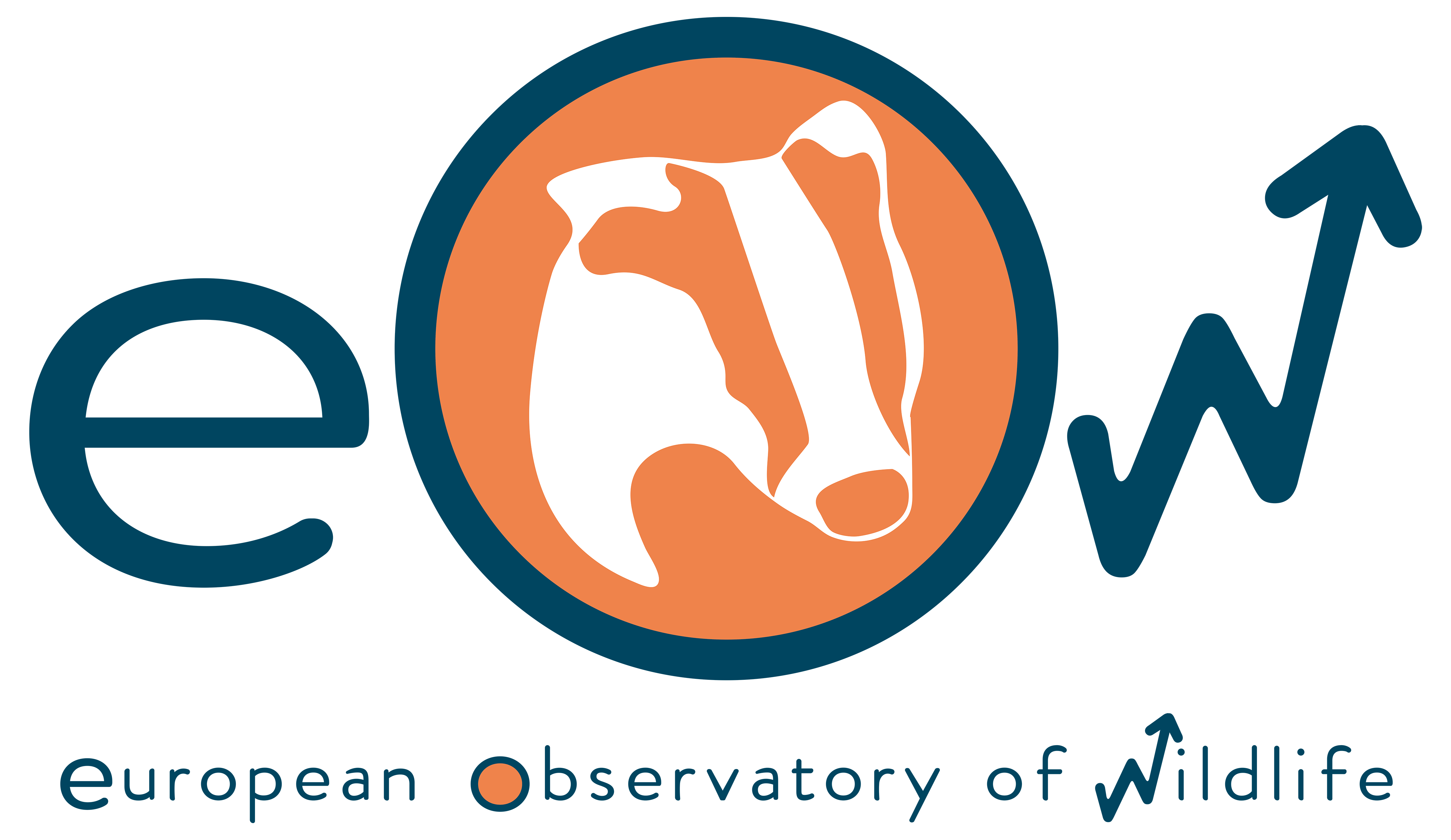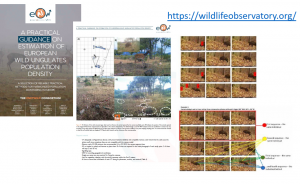Training

2nd Course on the use of camera trapping for monitoring wildlife
Learning objectives and expected outcomes To learn on the use on the analitycal tools incorporated

3rd Course Running REM analysis on camera trap data packages from Agouti
This course complements the previous training on camera trapping methods and protocols, specifically the random
EOW FAQ on AGOUTI app
Image Processing
Ideally at least 20/25, if more than that even better. Please note that only one digitizing is needed for each position of the stick, so digitize as many different positions (when you are sure it is touching the ground!) of the stick as possible.
At the bottom of the “Project setting” page, in the “Annotation” section you can choose the version of automatic annotation from the drop-down menu. There are different models so make sure you choose the right one depending on the geographical positioning of your study area and that you choose the latest version if more than one is available. Please note that many collaborators preferred the “Generic human/blank” version which instead of annotating all the sequences for you only annotates blank one and those with humans, leaving to you the annotation of sequences with animals.
In the “Project setting” page, sub-page “Species”, press “Add species list” and choose the right one for the geographical position of your study site, than save. If some species is still missing you can still manually add it using the “Add species” button.
Yes, upload ALL the pictures, the empty ones will then be annotated as blank. Deleting them before, would require you to go through the pictures twice, furthermore, if you are going to use the AI the blank pictures are going to be recognized by Agouti.
Yes, a complete annotation of all the pictures is going to produce a better database for further analysis that could be run within the EOW and also for you in case in the future you want to use those data for other purposes.
It is up to you to decide what behavior categories to add to the digitizing page, as we believed that it could have been complicated to apply the same standards in categorizing the behaviors. To add the different behavior categories, you have to go to the “Project setting” page, sub-page “Species”, at the bottom you will find the “Add new behavior” button, once you added a name for the behavior and its description you can save, the new behavior class will then be available in the digitizing page.
Each time an animal enters the field of view of the camera it must be counted as a new individual, therefore, if an individual exits and then re-enters in the field of view, even if you know it’s the same, it must be counted as a new individual.
To achieve the estimation of good parameters each target species should have at least 50, ideally 100 or more, digitized sequences. Please note that if you digitize the movements within a sequence, the movements of ALL the individuals of that sequence must be digitized. Furthermore, when you are digitizing the movements of an individual this has to be annotated as a single observation. This means that if in the same sequence more individuals were belonging to the same age/sex categories you will have to make separated observations for each one of them and digitize their movements, otherwise you would not be able to make more than one digitizing within the same observation.
Since the choice of the sequences where to track the animal movements is supposed to be random the best option is to perform the whole annotation first and then to track the movements. Once the annotation is complete, go to “Browse” and then to “Observations”, there you will be able to filter by species, obtaining a list of all the observation for that species listed by date of creation, from the oldest to the most recent. At this point depending on how many observations you have and on how many animals’ movement tracking you want to digitize, you can decide to track the movements of one observation every X observations. Keeping in mind that, if that observation belongs toa sequence with many individuals all the observation of that sequence will have to be tracked.
Data analysis
Yes, if you follow the instructions step by step you will be able to get the estimates even if you are not skilled in the use of R. At the following link the recording of the course with the detailed explanation of the analysis’ steps https://youtu.be/UFSwh3zhjec. Please note that an updated version of the codes will be released soon, therefore we suggest waiting for it in case you have to run the analysis.
The first thing to do is to check whether the missing deployments have sequences with the species you want to run the analysis for and to make sure that for some of those sequences the animal movements have been tracked. If the issue persists require assistance from the EOW team.


